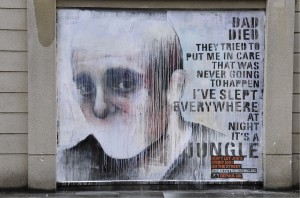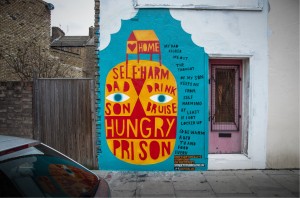Jonathan Glazer
In honour of the release of the fantastic Under the Skin, I had planned to put together a post of Jonathan Glazer’s best work.
But just as I was about to cull all the crackers from YouTube, someone else kindly did the job for me.
They did, however, miss these beauties:
He’s quite good, isn’t he?



